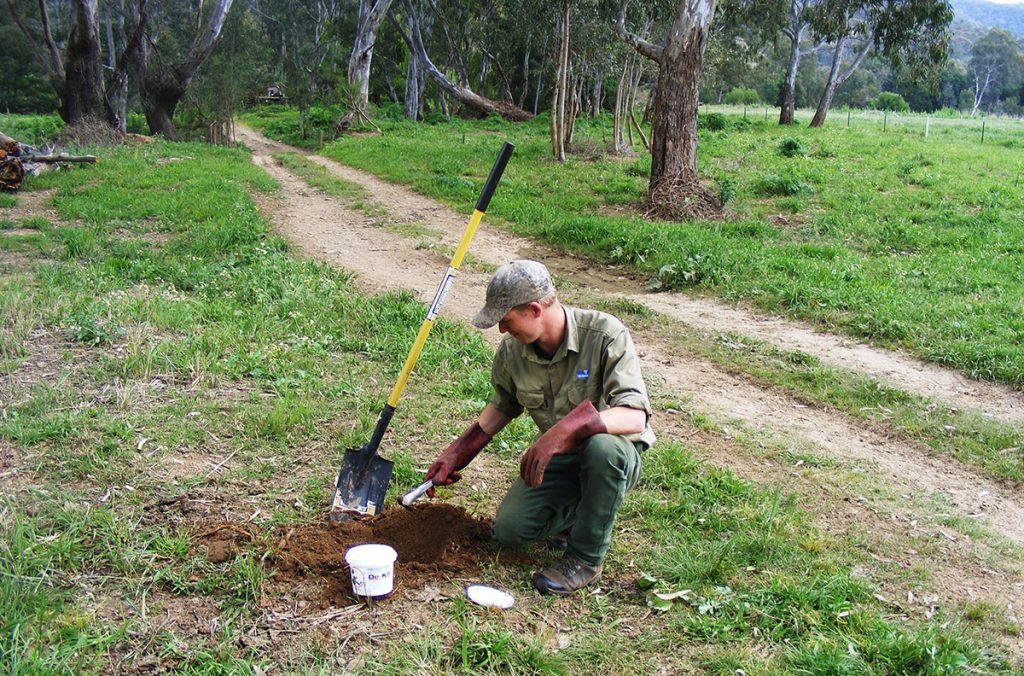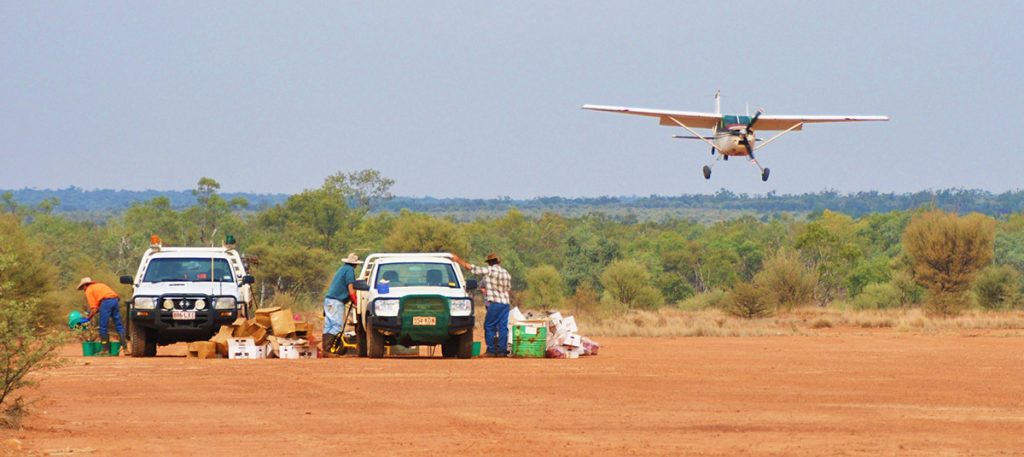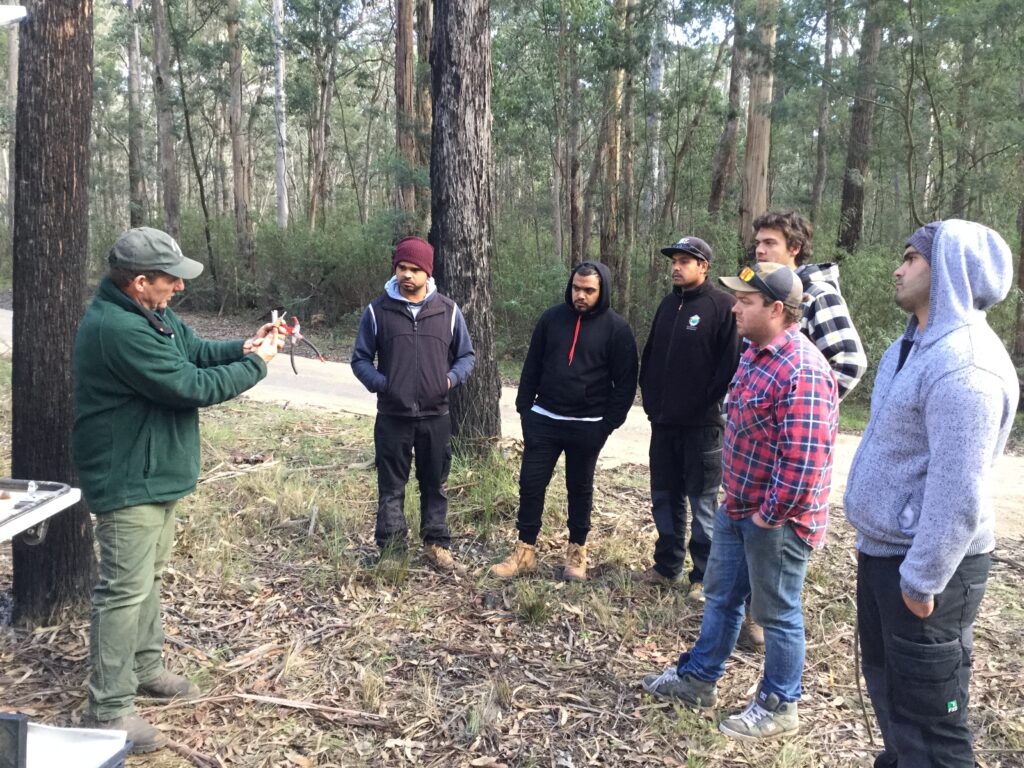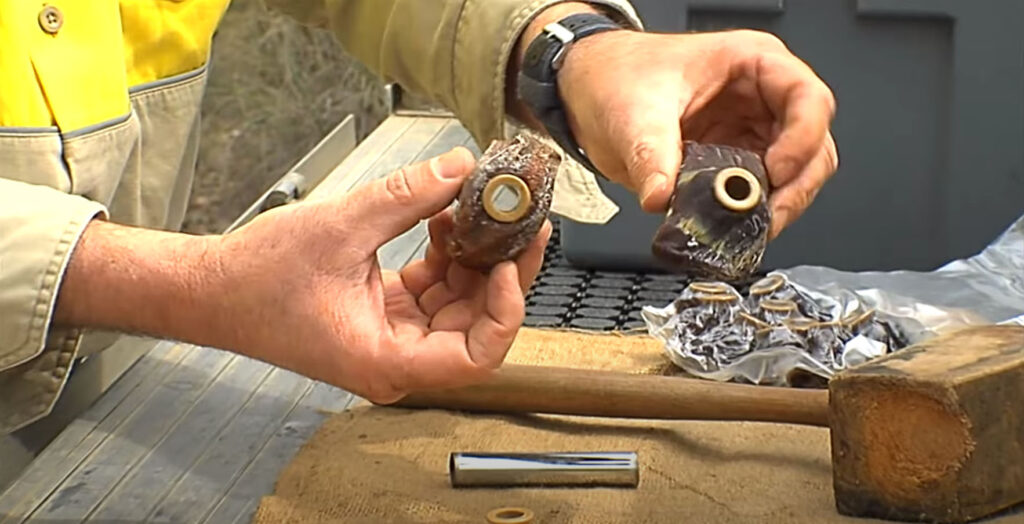Wild Dog Management
Effective wild dog control programs rely on multiple tools used in an integrated, coordinated approach
Do you have wild dogs?
If you think you’ve got wild dogs, you’re not alone. According to ABARES latest national survey on wild dog impacts, 66% of landholders have reported wild dog problems on their property in the past 12 months with 34% of them describing their problem as severe.
Use the diagnostic tool below to check whether you have wild dogs.
If wild dogs are presenting a threat, the first step is to contact your local regulatory body to find out what control operations are occurring locally and if there is a local wild dog management group in your area that coordinates a landholder-driven, broadscale, coordinated management program utilising a range of control tools and strategies.
Wild dogs are highly mobile and able to cover extensive distances in even the most rugged terrain. Learn more about how wild dogs use the landscape from Dr Guy Ballard, Research Leader – Predator Management at NSW Department of Primary Industries. Here, he tracks a male wild dog, about two years old, as he travels around Guy Fawkes River National Park and makes forays into farmland, regularly covering up to 50-60 sq km. It shows not only how far individuals can travel, but also how effective predator fencing and baiting programs work to reduce stock impacts.
The regulatory authority for each state are:
NSW – Local Land Services
Vic – Department of Environment Land Water and Planning
Qld – contact your local council
SA – Department of Primary Industries and Regions
WA – Dept. of Primary Industries and Regional Development
NT – NT Government – Department of Industry, Tourism & Trade
ACT – Environment, Planning and Sustainable Development Directorate – Environment
Once you have made contact with the regulatory authority you will need to develop a property wild dog management plan that provides direction and guidance of the type of control you will deliver, the timing of when undertake control and link’s in with the local wild dog group coordinated programs. You may also want to consider delivering extra control during key lambing and calving periods to protect young animals from predation.
Create your own plan
If there are no groups in your area, you can utilise a range of NWDAP-developed resources to help get you started. Remember, the most successful programs are always: collaborative (land managers working together); coordinated (dogs aren’t chased from one property to another) and landscape-scale (reflect how dogs use the landscape and don’t recognise title boundaries).
To find out if wild dogs have been sighted in your area download the free FeralScan app which includes WildDogScan, one of its suite of pest management tools. Use WildDogScan to map wild dog activity, document wild dog problems, inform your neighbours and local biosecurity authorities, and identify priority areas for control.
Before starting a wild dog management program, we strongly recommend you become familiar with the code of practice for the humane control of wild dogs and the standard operating procedures for each tool.
Working plan to manage wild dogs
Plans for organic producers
Tools
Effective wild dog control programs rely on multiple tools used in an integrated, coordinated approach. In the videos below, Western NSW and Queensland’s Paroo Shire landholders explain how they use a combination of tools to successfully manage wild dogs.














Share